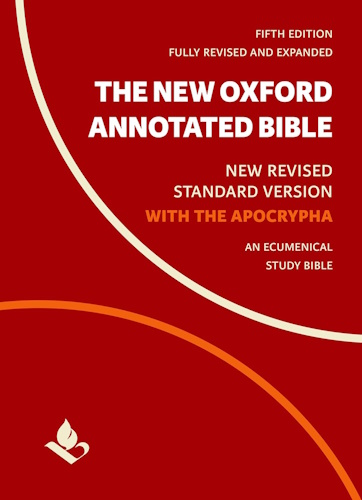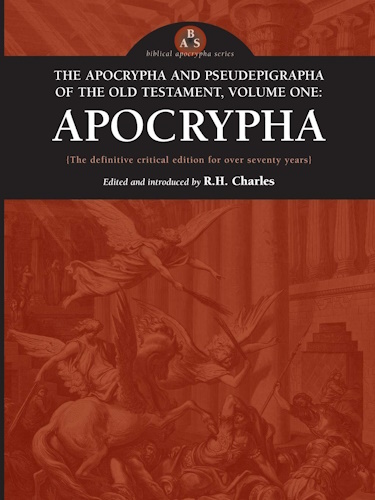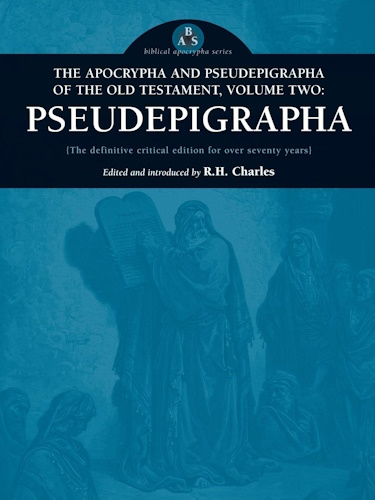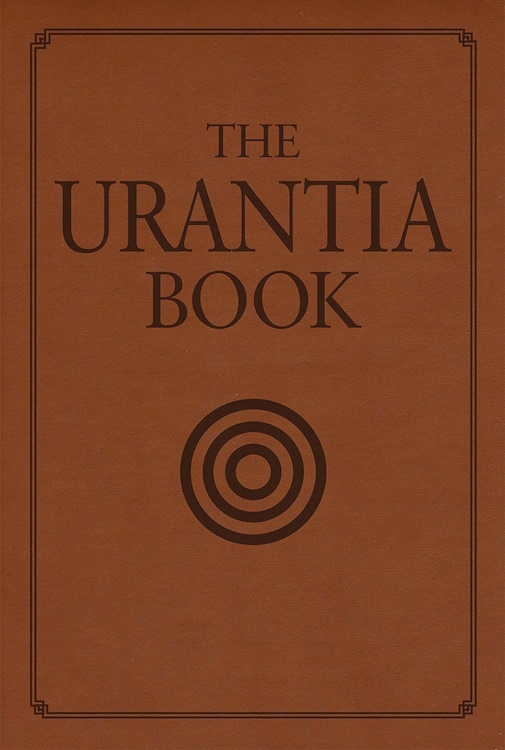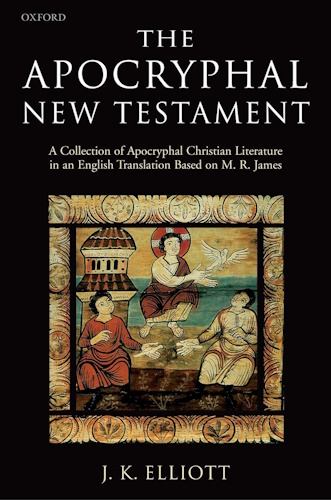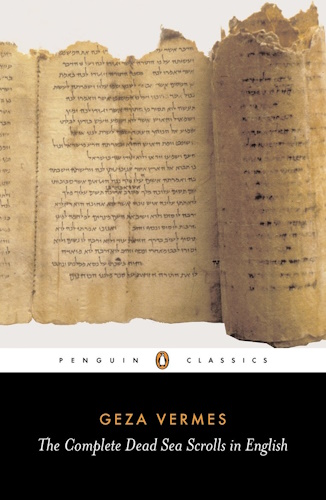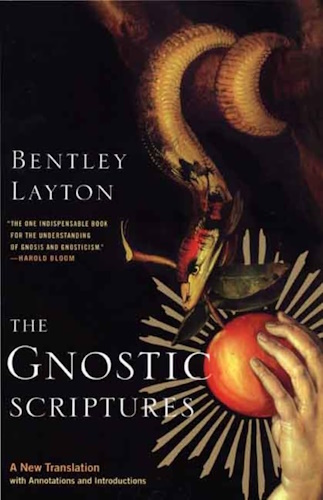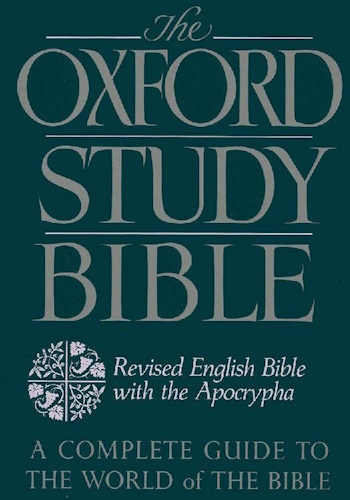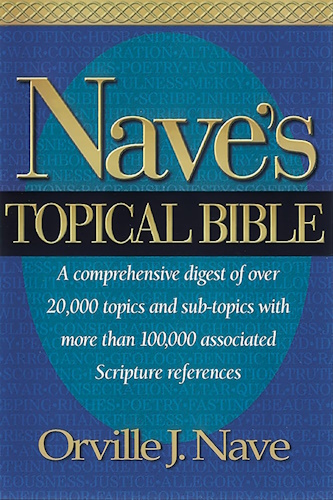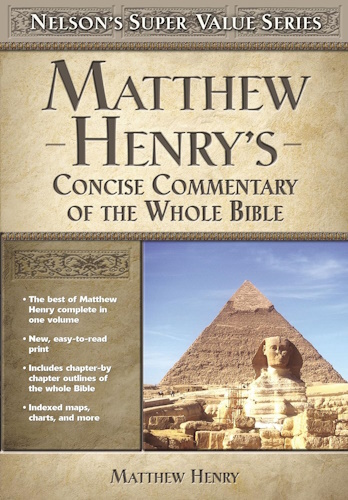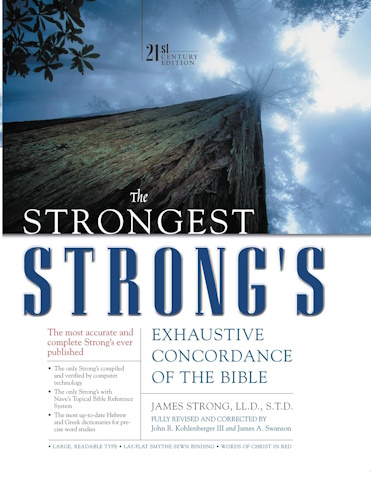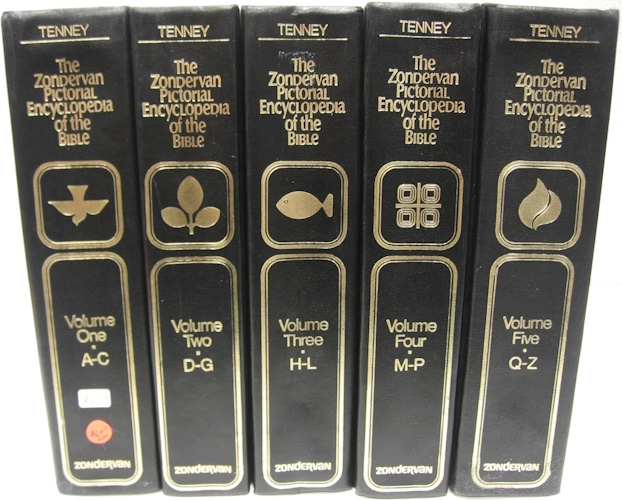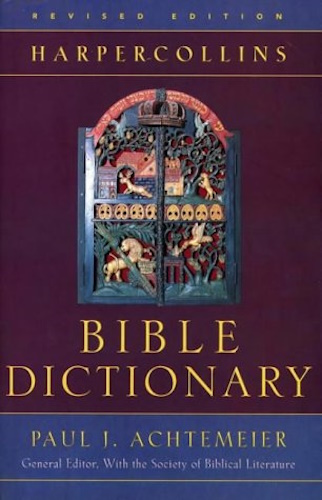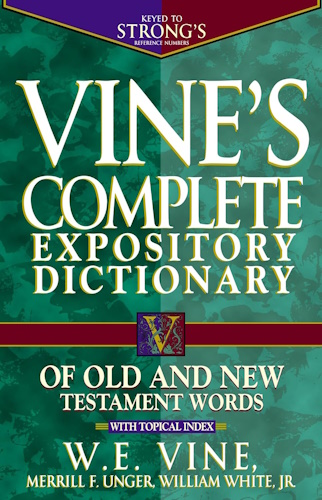
The Origin
Of
Our Belief In God
by Erik Langkjer
PREFACE
DURING MY STUDIES FOR PRIESTHOOD I WAS FASCINATED BY THE WORKS OF THE SWEDISH SCHOLAR GEO WIDENGREN ESPECIALLY HIS THEORIES ABOUT THE BELIEF IN A "HIGHGOD" AS BEING THE CORE OF ALL RELIGION (RELIGIONS-PHÄNOMENOLOGIE. 1969). THIS HIGHGOD WAS MORE OR LESS IDENTICAL WITH THE VISIBLE SKY, THE DARK SKY OF THE NIGHT WITH THE MOON AS ITS SHINING CENTRE AS WELL AS THE BRIGHT SKY OF DAYLIGHT. HE IS OFTEN CALLED "HEAVEN". AS A MATTER OF FACT THE OLD INDO-EUROPAEAN WORD FOR GOD (LATIN:DEUS , LATVIAN: DIEUS, VEDIC:DEVA, IRISH: DIA, LITHUANIAN:DIEWAS) AS WELL AS THE WORD FOR DAY (LATIN:DIES, HITTITE: SHIWATT OF*DYEU+ATT-) AND THE PERSONAL NAMES OF SOME GODS (ZEUS/DIO, JUPPITER OF *DIOU-"FATHER"[1], SANSKRIT: DYAUH PITA; IN HITTITE *DYEU REPLACES *DEIWO AS AN APPELATIVE FOR "GOD") MUST BE SEEN AS A NAME FOR THE CLEAR SHINING SKY OF DAYTIME. THIS HIGHGOD WAS ALSO PRIMEVAL TOTALITY SEEN AS MACRO-ANTHROPOS, IN INDIA MAHA PURUSHA, IN IRAN GAYOMART OR ZURWAN (TOTALITY BOTH IN TIME AND SPACE) OR THE PRIMEVAL OX.
In the early sixties James Mellaart published the results of his diggings in Catal Hüyük. In the great mound it seems that he was lucky to hit the temple section of what must have been the oldest city of the world. The latest attempt at dating the lowest layers (early pre-XII levels with no pottery) by radiocarbon gives a date around 7500 B.C. Today a team has reopened the diggings and on the Internet they provide the scientific world with constant information about their findings: www.catal.arch.cam.ac.uk (And a group of women worshipping the Great Goddess has even planned a pilgrimage to the site).
It would be interesting to check Widengren´s ideas about the "Origin of Religion" (this is the title of one of his books: Religionens Ürsprung, 2.ed.1963) with the wealth of material brought to light by Mellaart from the earliest temple rooms ever found.
They revealed a religion centred around the old god riding the bull, a young boy riding the leopard, and a leopard goddess. They revealed a wild hunt on the divine bull by men wearing leopard's skins (like the old Egyptian priests when they are in office).
How could these leopard-hunters be compared with the wolf-warriors and the wild hunt of the Indo-Europaean men´s societies described by Widengren? (Cf. Der Feudalismus im alten Iran, Männerbund - Gefolgswesen - Feudalismus in der iranischen Gesellshaft im Hinblick auf die indogermanische Verhältnisse, 1969.)
I was also fascinated by Widengren's proof that some ritual patterns and religious motifs could survive almost unchanged for thousands of years. Perhaps the roots of the biblical belief in God could also be very old as suggested by the Bible itself (Gen 1-12).
But one of the roots of the biblical faith in God is also experience. My second grand guru as a young student was Hugo Odeberg (3 Enoch or the Hebrew Book of Enoch, 1928. "Omjudisk och nytestamentlig mystik", SEÅ 37-8,1972-3,pp.62-87) in his stubborn insistence on Jewish Merkabah mysticism as a key to the understanding of the New Testament. Time has proved him right, not only the works of Gershom Scholem (Jewish Gnosticism, Merkabah Mysticism, and Talmudic Tradition,1965); but also some articles of Wayne A.Meeks ("The Image of the Androgyne: Some Uses of a Symbol in Earliest Christianity", HR 1974, pp.165-208, and "In one Body: The Unity of Humankind in Colossians and Ephesians" in: God´s Christ and His People, Studies in Honour of Nils Alstrup Dahl, 1977, pp.209-221) where it is proved that typical symbols of mysticism such as themacr´anthropos and the androgynous unity are found in the New Testament. I tried myself (Dåben & Himmelrejsen, 1982) to find the symbols of mysticism in the baptismal service in the early church: in baptism man puts on the white alba of likeness to Christ and was incorporated into the mystical body of Christ as macr´anthropos, and he saw the Glory (Hebrew: kabod) of God[2].
A third great inspiration to me was the Finnish scholar Lars-Ivar Ringbom. His book Graltempel und Paradies (1951) about the myth of the holy Grail and its temple in the centre of the world, fascinated me almost beyond understanding. The same goes for his second book Paradisus Terrestris(1958) and for the article of Otto Huth about the shining "Amber Mountain", the "Mountain of Glass" (Symbolon 2, 1961) a prehistoric religious motif surviving in the fairytales. The religious search for ultimate reality, for the "Centre", was not only seen as an ascension to heaven, but also a pilgrimage towards the holy mountain, the centre and source of everything. The final draft of my manuscript was actually done in the Negev desert perhaps not so far from the mountain of God.
I also have to give thanks to the works of Erwin Goodenough. His insistence on the mystic gospel of light and unity (By Light Light, 1935) linked to the entrance into the Holy of Holies, the Inner Chamber of the temple, of the High priest totally clothed in white, and his insistence on giving a religious interpretation to the art and symbols of late antiquity (Jewish Symbols in the Greco-Roman Period, I-XII,1953-65), and not to see anything as mere decoration, has taught me to seek for a religious and mystic meaning of the many motifs seen on cylinder seals, stamps, coins, gems and tessera.
I also have to give warm thanks to my friend, the Sanskrit scholar Moti Lal Pandit, (Towards Transcendence 1991, and many other works) for introducing me to the Indian Tantric tradition and for many interesting discussions about religion. Out of respect for the religious traditions of his country he has taken a much more positive view on Tantra than Benjamin Walker (Tantrism, 1982), but part of the explanation is that Walker is mostly dealing with the left hand tradition. The secret libertinism of many Gnostic sects in Europe and the Middle East (B.Walker, Gnosticism, 1983) shows, in my opinion, that the left-hand tradition is neither late nor a secondary degeneration. It is an old practice with the purpose to seek magic POWER from the dark chaotic side. And the evil one seems to be able to display power where God, the true creator, only shows himself in great humility as the gentle blowing of the wind. See Pandit's "Preface" to Identity in Conflict. Essays in Honour of Johannes Aagaard[3].
The dying god of vegetation has been the object of many interpretations and investigations. One of the latest and best is Carsten Colpe: "Zur mythologischen Struktur der Adonis-, Attis- und Osiris-Uberlieferungen"[4]. Tryggve N.D.Mettinger has just completed a fine work on the "Dying and Rising Gods": The Riddle of Resurrection, 2001.
But what is the origin of this Near Eastern myth of the dying Dionysos, Attis, Osiris, Tammuz, Baal, Adonis? In fact this is not so difficult to detect. In the oldest agricultural civilization in Inner Anatolia, we find a ritual hunt for the divine bull, the symbol of the power of vegetation. Going back to this origin, we will be able to solve a lot of problems connected to what is often called the Near Eastern pattern.
The religious symbols found in some of the oldest high cultures descending from the prehistoric center of Inner Anatolia will also give us the key to a very special complex of ideas and symbols: the golden egg, the coiling (double)snake, the mystical flower, and the bird of ecstasy, the winged sun-disc, the bird of many shining colors, the Phoenix, the peacock.
This going back to the gods of the oldest agricultural religion also provides us with a clue to important Scandinavian myths: Odin as the leader of the wild hunt, and Balder as the dying god.
I would like to thank prof. Ludmila Sereda, head of the department of Germanic & Romanic Languages at the Yanka Kupala University of Grodno for inviting me to lecture at her institute and thereby giving me the opportunity to work out the following manuscript; prof. Mikalai Biaspamjatnik for housing me and my wife, and lecturer Svetlana Ioska for organizing the visit. After the dark ages of materialism my Whiterussian listeners seemed eager to rediscover the spiritual world. I also want to thank docent Per Beskow at the University of Lund. With his question about a possible Semitic background for the Kabbalistic macr'anthropos, Adam Kadmon, as world pillar & tree of life, he put me on the track of the similarity with Juppiter from Baalbek. His passion for the history of early Christian mysticism was an inspiration to me.
Most of all I have to thank prof. dr.theol. Per Bilde, who, during his chairmanship in the "Hellenism"-project, took a kind interest in my studies, and gave me much advice. His short description of the parallels between the macrocosmic dimension of salvation (salvation as the restoration/healing of macr'anthropos) in both Ephesians and the early Gnostic "Gospel of Truth" and the Jewish Kabbalah[5] is a genius stroke of intuition and needs to be worked out in detail.
[1] The name "Father" is also typical. Acc to Hesychius a god Dei-pátyros was honored in Epirus, acc to Herodot (IV,59) the Scythians honored Zeus Papaios. The Bithynians called on Zeus Pápas, where Papas, ="Daddy", is "Koseform", L.v Schroeder, Arische Religion,I, 1923,pp.312f.
[2] A good bibliography on early Jewish Mysticism is found at http://faculty.biu.ac.il/~barilm/bibmyshk.html. See also Jarl E.Fossum, The Image of the Invisible God, Essays on the Influence of Jewish Mysticism on Early Christianity, 1995. A site exploring the Jewish roots of early Christian mysticism is www.marquette.edu/maqom.
[3] Ed. M.Lal Pandit,1998, pp.XVf., see also the beautiful art. "Mission in Christ' s Way" by Johannes Nissen in the same book, pp.41-51.
[4] lisan mithurti, Festschrift für W. von Soden, 1969
[5] Article in Danish: "Paul as a mystic", in: Mystik - Den indre Vej, ed. P.Bilde & A.W. Geertz, 1990.
![]()
![]()
Disclaimer:
Some material presented will contain links, quotes, ideologies, etc., the contents of which should be understood to first, in their whole, reflect the views or opinions of their editors, and second, are used in my personal research as "fair use" sources only, and not espousement one way or the other. Researching for 'truth' leads one all over the place...a piece here, a piece there. As a researcher, I hunt, gather and disassemble resources, trying to put all the pieces into a coherent and logical whole. I encourage you to do the same. And please remember, these pages are only my effort to collect all the pieces I can find and see if they properly fit into the 'reality aggregate'.
Personal Position:
I've come to realize that 'truth' boils down to what we 'believe' the facts we've gathered point to. We only 'know' what we've 'experienced' firsthand. Everything else - what we read, what we watch, what we hear - is what someone else's gathered facts point to and 'they' 'believe' is 'truth', so that 'truth' seems to change in direct proportion to newly gathered facts divided by applied plausibility. Though I believe there is 'truth', until someone representing the celestial realm visibly appears and presents the heavenly records of Facts And Lies In The Order They Happened, I can't know for sure exactly what "the whole truth' on any given subject is, and what applies to me applies to everyone. Until then I'll continue to ask, "what does The Urantia Book say on the subject?"
~Gail Bird Allen
![]()
![]()
-
Urantia Book, 44:0.11 - The Celestial Artisans
Never in your long ascendancy will you lose the power to recognize your associates of former existences. Always, as you ascend inward in the scale of life, will you retain the ability to recognize and fraternize with the fellow beings of your previous and lower levels of experience. Each new translation or resurrection will add one more group of spirit beings to your vision range without in the least depriving you of the ability to recognize your friends and fellows of former estates.
-
Princess Bride 1987 Wallace Shawn (Vizzini) and Mandy Patinkin (Inigo Montoya)
Vizzini: HE DIDN'T FALL? INCONCEIVABLE.
Inigo Montoya: You keep using that word. I do not think it means what you think it means. -
Urantia Book, 117:4.14 - The Finite God
And here is mystery: The more closely man approaches God through love, the greater the reality -- actuality -- of that man. The more man withdraws from God, the more nearly he approaches nonreality -- cessation of existence. When man consecrates his will to the doing of the Father's will, when man gives God all that he has, then does God make that man more than he is.
-
Urantia Book, 167:7.4 - The Talk About Angels
"And do you not remember that I said to you once before that, if you had your spiritual eyes anointed, you would then see the heavens opened and behold the angels of God ascending and descending? It is by the ministry of the angels that one world may be kept in touch with other worlds, for have I not repeatedly told you that I have other sheep not of this fold?"
-
Urantia Book, Foreword - 0:12.12 - The Trinities
But we know that there dwells within the human mind a fragment of God, and that there sojourns with the human soul the Spirit of Truth; and we further know that these spirit forces conspire to enable material man to grasp the reality of spiritual values and to comprehend the philosophy of universe meanings. But even more certainly we know that these spirits of the Divine Presence are able to assist man in the spiritual appropriation of all truth contributory to the enhancement of the ever-progressing reality of personal religious experience—God-consciousness.
-
Urantia Book, 1:4.3 - The Mystery Of God
When you are through down here, when your course has been run in temporary form on earth, when your trial trip in the flesh is finished, when the dust that composes the mortal tabernacle "returns to the earth whence it came"; then, it is revealed, the indwelling "Spirit shall return to God who gave it." There sojourns within each moral being of this planet a fragment of God, a part and parcel of divinity. It is not yet yours by right of possession, but it is designedly intended to be one with you if you survive the mortal existence.
-
Urantia Book, 1:4.1 - The Mystery Of God
And the greatest of all the unfathomable mysteries of God is the phenomenon of the divine indwelling of mortal minds. The manner in which the Universal Father sojourns with the creatures of time is the most profound of all universe mysteries; the divine presence in the mind of man is the mystery of mysteries.
-
Urantia Book, 1:4.6 - The Mystery Of God
To every spirit being and to every mortal creature in every sphere and on every world of the universe of universes, the Universal Father reveals all of his gracious and divine self that can be discerned or comprehended by such spirit beings and by such mortal creatures. God is no respecter of persons, either spiritual or material. The divine presence which any child of the universe enjoys at any given moment is limited only by the capacity of such a creature to receive and to discern the spirit actualities of the supermaterial world.
-
Urantia Book, 11:0.1 - The Eternal Isle Of Paradise
Paradise is the eternal center of the universe of universes and the abiding place of the Universal Father, the Eternal Son, the Infinite Spirit, and their divine co-ordinates and associates. This central Isle is the most gigantic organized body of cosmic reality in all the master universe. Paradise is a material sphere as well as a spiritual abode. All of the intelligent creation of the Universal Father is domiciled on material abodes; hence must the absolute controlling center also be material, literal. And again it should be reiterated that spirit things and spiritual beings are real.
-
Urantia Book, 50:6.4 - Planetary Culture
Culture presupposes quality of mind; culture cannot be enhanced unless mind is elevated. Superior intellect will seek a noble culture and find some way to attain such a goal. Inferior minds will spurn the highest culture even when presented to them ready-made.
-
Urantia Book, 54:1.6 - True And False Liberty
True liberty is the associate of genuine self-respect; false liberty is the consort of self-admiration. True liberty is the fruit of self-control; false liberty, the assumption of self-assertion. Self-control leads to altruistic service; self-admiration tends towards the exploitation of others for the selfish aggrandizement of such a mistaken individual as is willing to sacrifice righteous attainment for the sake of possessing unjust power over his fellow beings.
-
Urantia Book, 54:1.9 - True And False Liberty
How dare the self-willed creature encroach upon the rights of his fellows in the name of personal liberty when the Supreme Rulers of the universe stand back in merciful respect for these prerogatives of will and potentials of personality! No being, in the exercise of his supposed personal liberty, has a right to deprive any other being of those privileges of existence conferred by the Creators and duly respected by all their loyal associates, subordinates, and subjects.
-
Urantia Book, 54:1.8 - True And False Liberty
There is no error greater than that species of self-deception which leads intelligent beings to crave the exercise of power over other beings for the purpose of depriving these persons of their natural liberties. The golden rule of human fairness cries out against all such fraud, unfairness, selfishness, and unrighteousness.
